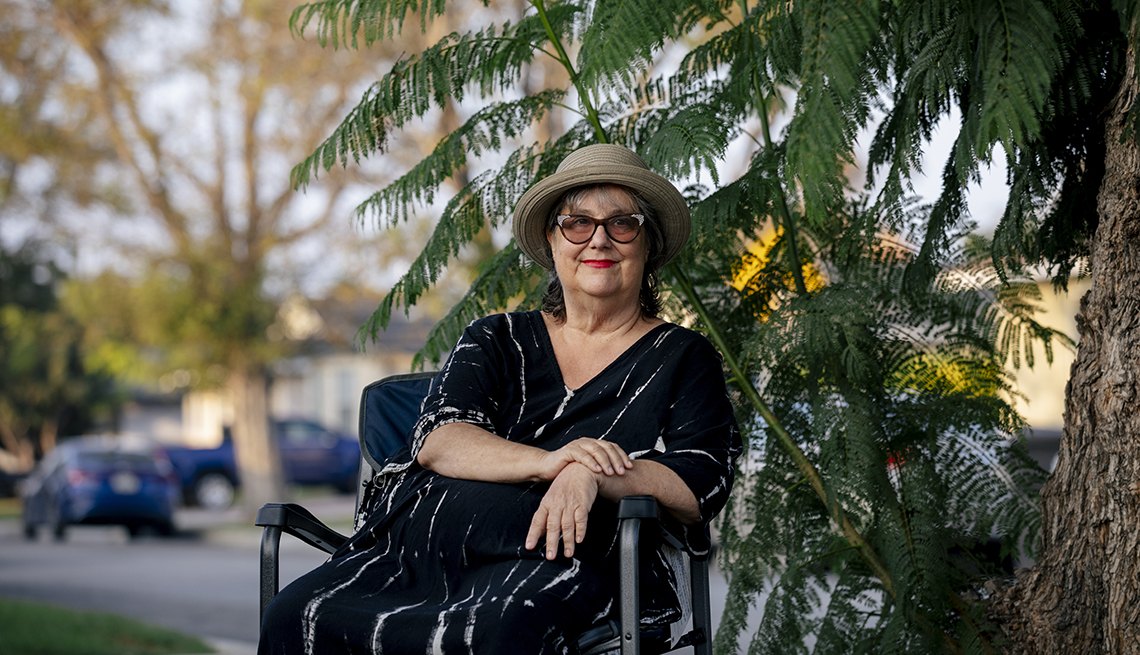AARP Hearing Center

Marla Jo Fisher has endured a lot while battling a rare form of uterine cancer. But she said that meeting with her oncologist via video chat is gratifyingly simple.
“When you’re not feeling well, having to get up, get dressed and drive all the way to the hospital and then get in line and then possibly get sick from someone else is not all that appealing,” said Fisher, 64, a writer based in Long Beach.
The COVID-19 crisis is spurring millions of patients to confer with medical professionals via phone or video chat, and early reviews show they like this method.
Medicare expanded coverage of telehealth visits during the pandemic. An issue brief on Medicare patients by the Department of Health and Human Services revealed that telehealth “skyrocketed” as the coronavirus took hold, from less than 1 percent of primary care visits in February to 43.5 percent in April.
California has taken major actions to expand telehealth, advocates say. Gov. Gavin Newsom (D) signed a bill that will go into effect Jan. 1 requiring insurers to reimburse for telehealth services at the same rate as in-office care.
The need for telehealth is acute, said Julie Bates, associate state director of AARP California. Specialists and large hospitals tend to be in major cities, but in inland areas such as the Central Valley, they can be “few and far between.”
Patients often have to make the up-to-two-hour trip to San Francisco to get care.
Bates said there was once a perception that “only poor people would use telehealth and rich people would go see their doctors. Lower-income people can’t take time off for a 10:30 appointment in the middle of their shift.”
But the wealthy actually have more access to their doctors via telehealth, she said.
Lack of access
The state’s poor often have the least access, said Robby Franceschini, policy director at BluePath Health in San Francisco and manager of the California Telehealth Policy Coalition. He noted that almost a third of those making less than $30,000 in the state are not connected to the internet.
A recent report found that between 54 and 67 percent of Black, Latino and rural households have broadband access, compared with 74 percent of California households overall.
“It’s pretty staggering, even in urban areas, the extent to which people don’t have access,”
Franceschini said. “For many Californians, the only path to the internet is through their phone.”
Another issue is people’s ability to adapt, with some providers and patients still skeptical, said Mei Kwong, executive director of the Center for Connected Health Policy, a West Sacramento nonprofit that advocates for telehealth.
Kwong said she has read comments that people were afraid that all services would be delivered via screens.
Anthony Magit, a pediatric ear, nose and throat doctor at Rady Children’s Hospital, San Diego, agreed there are limits. Even though patients may be able to present a troubling mole while on their phone or webcam, a dermatologist can’t easily check for other areas of concern.
“It’s very convenient for the patient, but you have to balance that with what works best for the patient’s care,” Magit said.
Barbara Kingsley is a writer living in Long Beach.
More on Telehealth































































